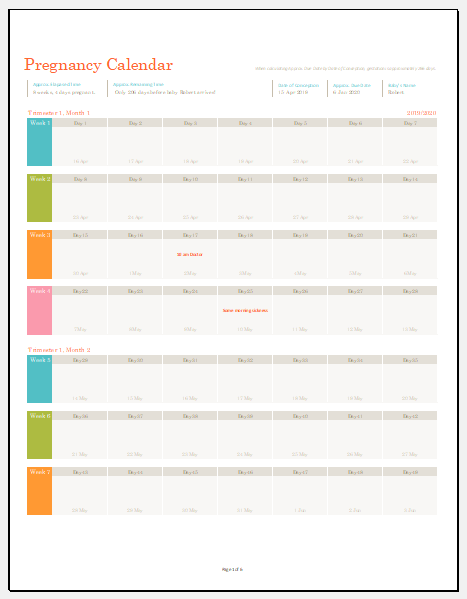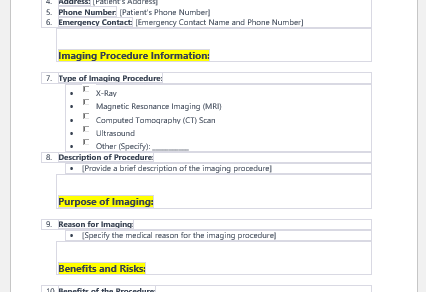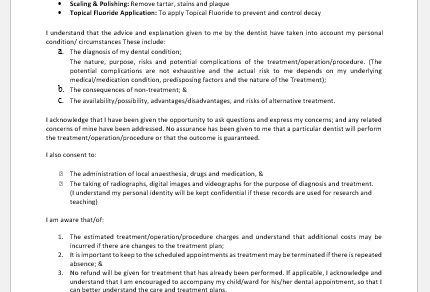Conception is nature’s own phenomenon and has been bestowed on women. Human females conceive during their ovulation period and it lasts for about 280 days or 9 months roughly. Each day of pregnancy beginning from the time of conception brings new changes and new challenges to the pregnant mother. So, it is really ideal if the mothers to be, especially first-time mothers are educated about the normal events in pregnancy. This helps them know their bodily changes and sets realistic expectations every time.
Pregnancy calendars are particularly devised keeping in mind the need for first-time mothers. It contains information about the normal physiological changes in her body as well as about the fetus and its insight.
Pregnancy has been divided into three trimesters for the convenience of checkups and events and is further broken down week by week. We shall discuss a typical pregnancy calendar in the same manner.
First trimester
The first trimester roughly makes 12-14 weeks of pregnancy. At the time of conception, the mother may not know if she is pregnant. It is the first period she misses that gives her a clue and she does the pregnancy test. If found positive, the fetus is already 3-4 weeks which makes 5-6 weeks from her last menstrual period’s date.
Nausea, vomiting, and altered taste are the signs of the first trimester of pregnancy and are attributed to increasing levels of Beta HCG.
Once the placenta starts developing symptoms relieve because of decreased beta HCG and increased progesterone. The fetal heart rate is audible through sonic aid after 11 weeks but can be appreciated in ultrasound as early as 5 weeks. You must go to your radiologist to get your dating scan and also your gynecologist for case booking.
Second trimester
From 14 weeks of gestation to 28 weeks, you are in the second trimester of your pregnancy, and this marks another series of events. You must observe that morning sickness is subsiding. If you still feel nauseated and feel weight loss even in the second trimester, you must see your obstetrician.
By the end of 18 weeks, you may start feeling your baby’s movements and if you are a multigravida, you start feeling fetal movements as early as 16 weeks. You must get your lab investigation especially work up for pregnancy-induced hypertension and Gestational Diabetes Mellitus. It is the second trimester when mothers may start developing medical disorders during pregnancy.
Third trimester
The third is the last trimester of pregnancy which begins at 29 weeks and ends at the term pregnancy or 40 weeks. Your baby starts gaining weight in this trimester and your abdomen becomes more visible.
You may suffer pressure symptoms of the gravid uterus, for example, backache, urinary frequency, and right flank pain. Shortness of breath and indigestion may also be observed in some ladies. You must take your iron and calcium supplements daily. There are also high chances of vaginal infections, especially in the third trimester of pregnancy. By the time you reach 37 weeks, the lungs of your baby mature and after that, your baby is ready to come into this world at any time.



